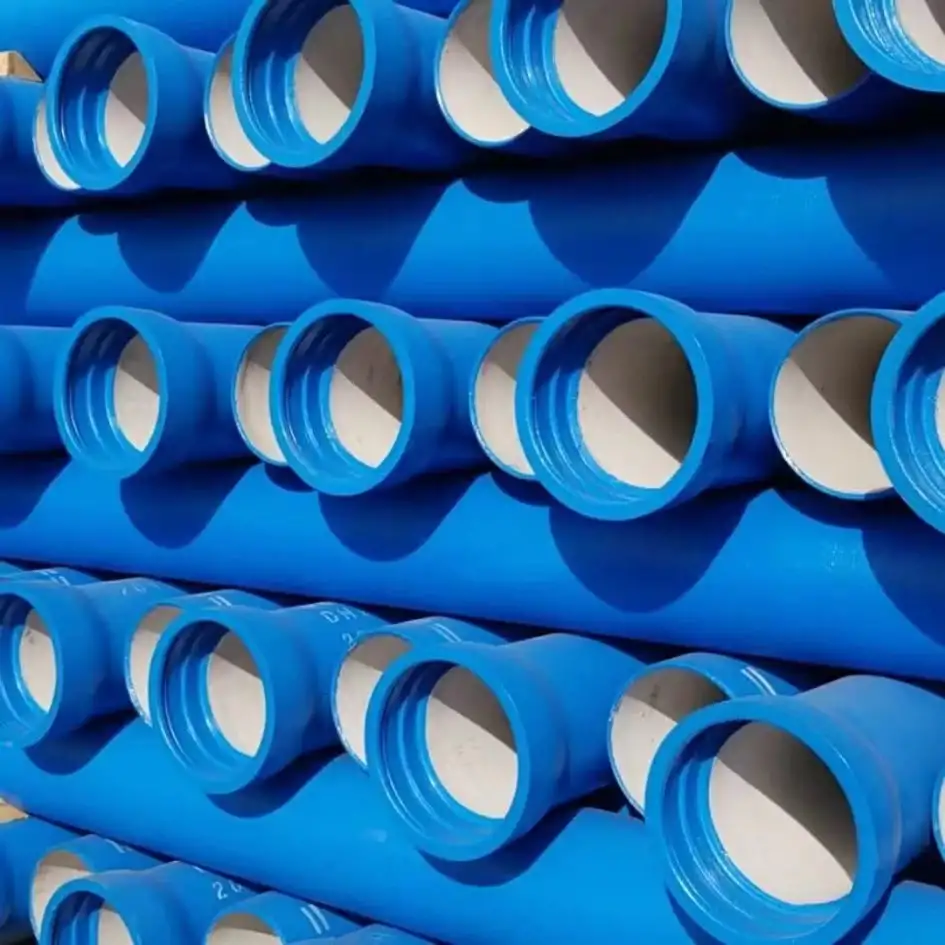Austempered Ductile Iron (ADI) is a high-strength, heat-treated form of ductile iron that offers superior mechanical properties compared to traditional cast irons. Through a specialized heat treatment process known as austempering, ADI achieves a unique microstructure that combines the benefits of both cast iron and steel. This makes it an attractive material choice in industries such as automotive, mining, agriculture, and heavy machinery.

🔬 Microstructure of ADI
The distinctive properties of ADI stem from its microstructure, which consists of a matrix of ausferrite—an interlaced phase of acicular ferrite and austenite. This structure is achieved through the austempering process, which involves heating the material to austenitizing temperatures and then cooling it at a controlled rate to form ausferrite. The presence of spheroidal graphite nodules further enhances the material’s ductility and fatigue resistance.
⚙️ Mechanical Properties
| Property | Description |
|---|---|
| Tensile Strength | Ranges from 600 to 1,400 MPa, depending on grade and heat treatment. |
| Hardness | Typically between 40–55 HRC, varying with grade. |
| Ductility | Elongation up to 20%, offering good impact resistance. |
| Fatigue Strength | Approximately 50% higher than standard ductile irons. |
| Wear Resistance | Comparable to high-strength steels, suitable for abrasive environments. |
| Vibration Damping | Superior to steel, beneficial for noise-sensitive applications. |
🛠️ Austempering Process
The austempering process involves three main steps:
-
Austenitizing: Heating the ductile iron to a temperature where its microstructure becomes austenitic.
-
Quenching: Rapidly cooling the material in a salt bath or molten metal to a temperature where transformation to ausferrite occurs.
-
Austempering: Holding the material at the quenching temperature for a specific period to allow complete transformation to ausferrite.
This controlled heat treatment results in a uniform microstructure that imparts enhanced mechanical properties.
🏭 Applications of ADI
ADI’s versatility makes it suitable for various applications:
-
Automotive Components: Crankshafts, gears, and suspension parts.
-
Agricultural Machinery: Plowshares and other ground-engaging tools.
-
Mining Equipment: Wear-resistant liners and crusher components.
-
Railway Components: Railcar wheels and track components.
-
Heavy Machinery: Parts requiring high strength and wear resistance.
❓ Frequently Asked Questions (FAQs)
Q1: What are the advantages of using ADI over traditional materials?
ADI offers a high strength-to-weight ratio, excellent wear resistance, and cost-effectiveness, making it a viable alternative to steel and aluminum alloys in many applications.
Q2: Can ADI be used in high-temperature environments?
While ADI performs well under moderate temperatures, its suitability in high-temperature environments depends on the specific grade and application requirements.
Q3: Is ADI corrosion resistant?
ADI’s corrosion resistance is comparable to that of other cast irons; however, for applications exposed to harsh corrosive conditions, additional protective coatings may be necessary.
Q4: How does ADI compare to forged steel?
ADI provides comparable mechanical properties to forged steel but at a lower cost and with greater design flexibility due to its casting process.
Q5: Is machining ADI difficult?
Machining ADI can be challenging due to its hardness; however, with appropriate tooling and techniques, it can be effectively machined.
🔍 Conclusion
Austempered Ductile Iron (ADI) represents a significant advancement in materials engineering, combining the benefits of ductile iron’s castability with the enhanced mechanical properties achieved through the austempering process. Its versatility and cost-effectiveness make it an excellent choice for a wide range of industrial applications.

